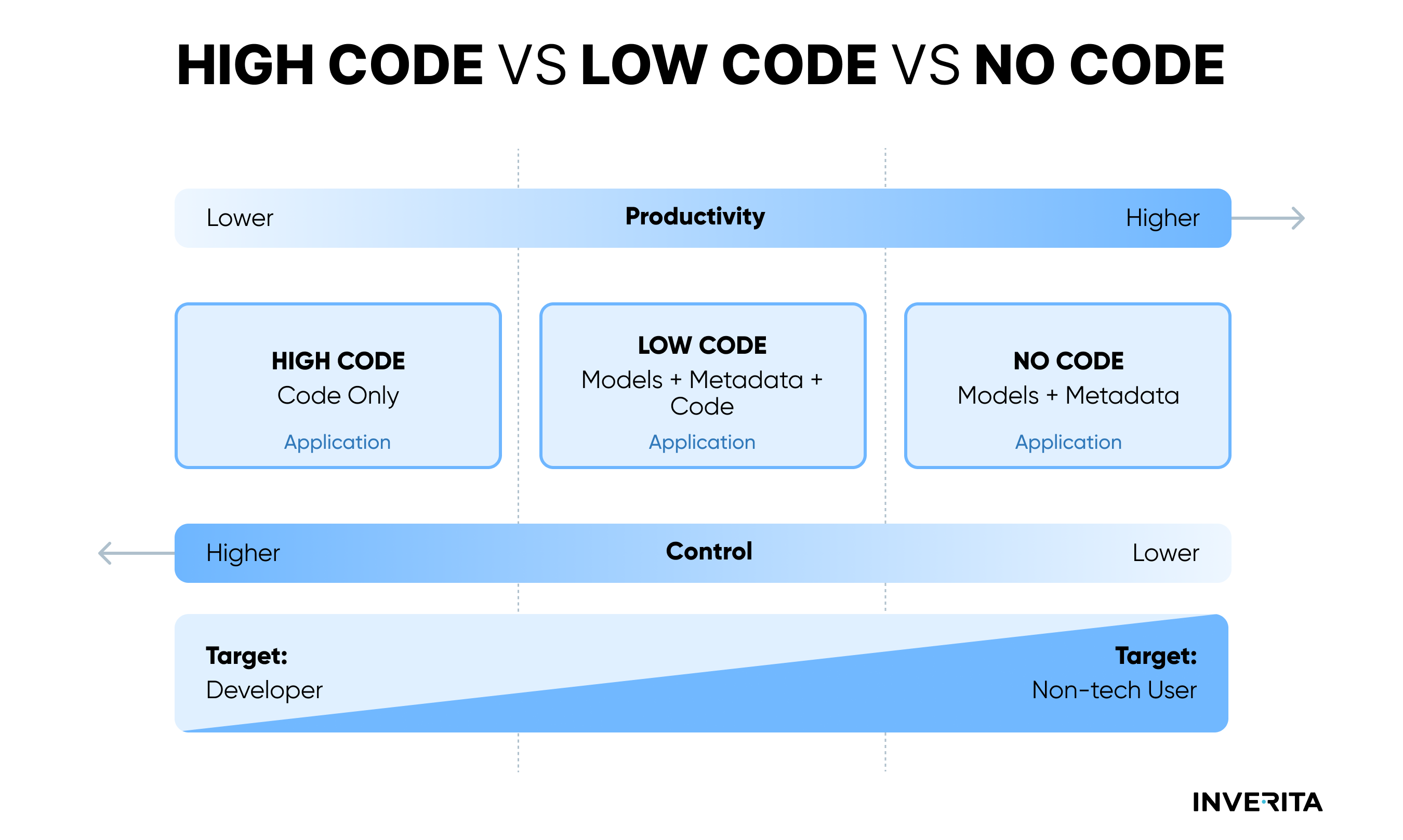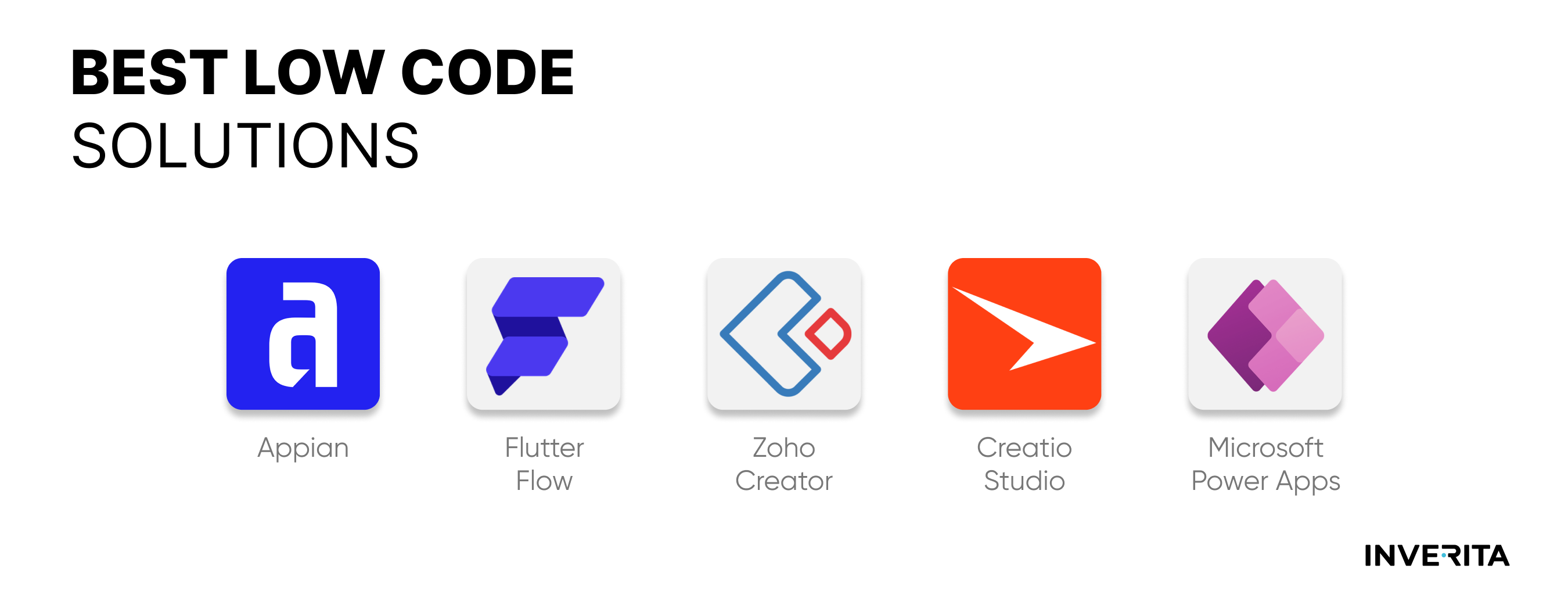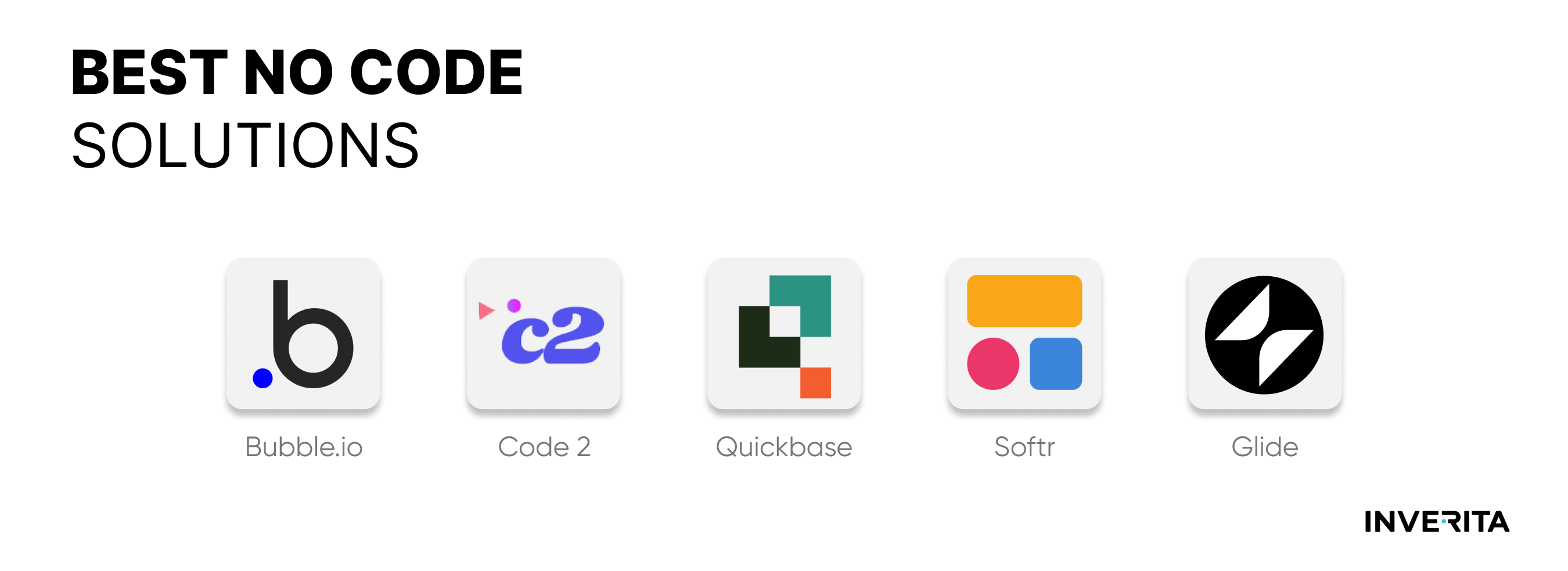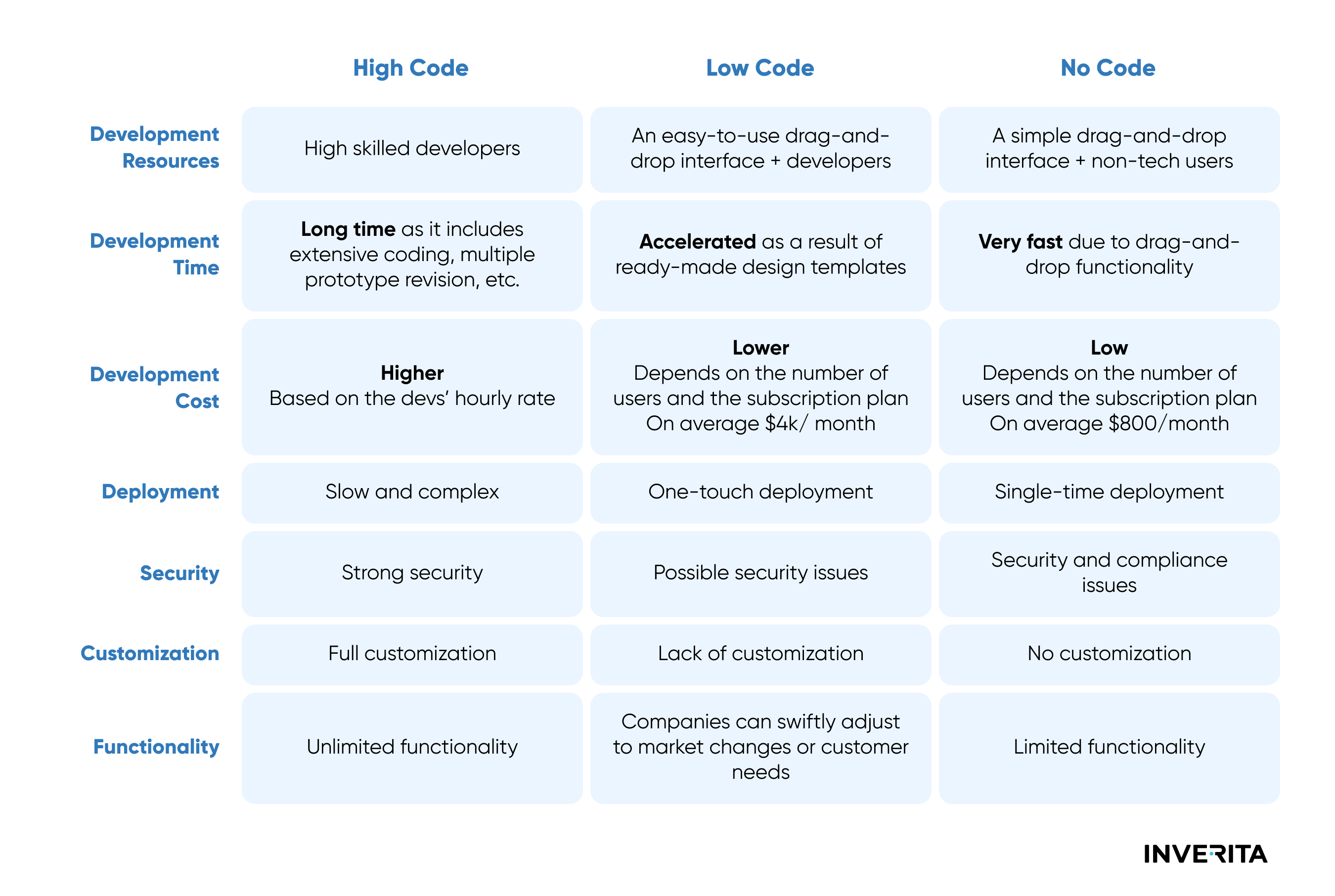Low-code and no-code development approaches became a hot-button topic for startups. Fast and cost-effective, their market is taking the growth momentum and is predicted only to accelerate during the next five years.
Though everything that glitters is not gold. Are these approaches as good as they seem?
Let’s find out! No code vs low code vs high code: which one to choose for your project?
No-Code vs. Low-Code vs. High-Code: An overview
While some think that no-code and low-code platforms open new horizons in rapid development others - remain loyal to traditional programming. The development approaches significantly differ in terms of efficiency, customization opportunities, code maintenance, and time-to-market.
Let’s understand the approaches in depth.
What is No Code?
No-code development is the process of creating software applications without the need for traditional programming or technical skills. It enables individuals with little to no coding skills to build applications using visual interfaces, drag-and-drop components, and predefined logic.
What is Low Code?
Low-code development allows software developers to create applications with minimal hand-coding and a greater emphasis on visual modeling and configuration. It aims to accelerate the application development process by providing a platform that abstracts away much of the traditional coding work.
What is High Code?
In high code development, developers write code manually using programming languages and frameworks. They have full control over the implementation details and can customize the application at a granular level. High code development often involves writing code for all aspects of the application, including user interfaces, business logic, data models, and integrations. It requires a team of developers with strong technical expertise.

_1692268279.jpg)







_1764586939-small.webp)
